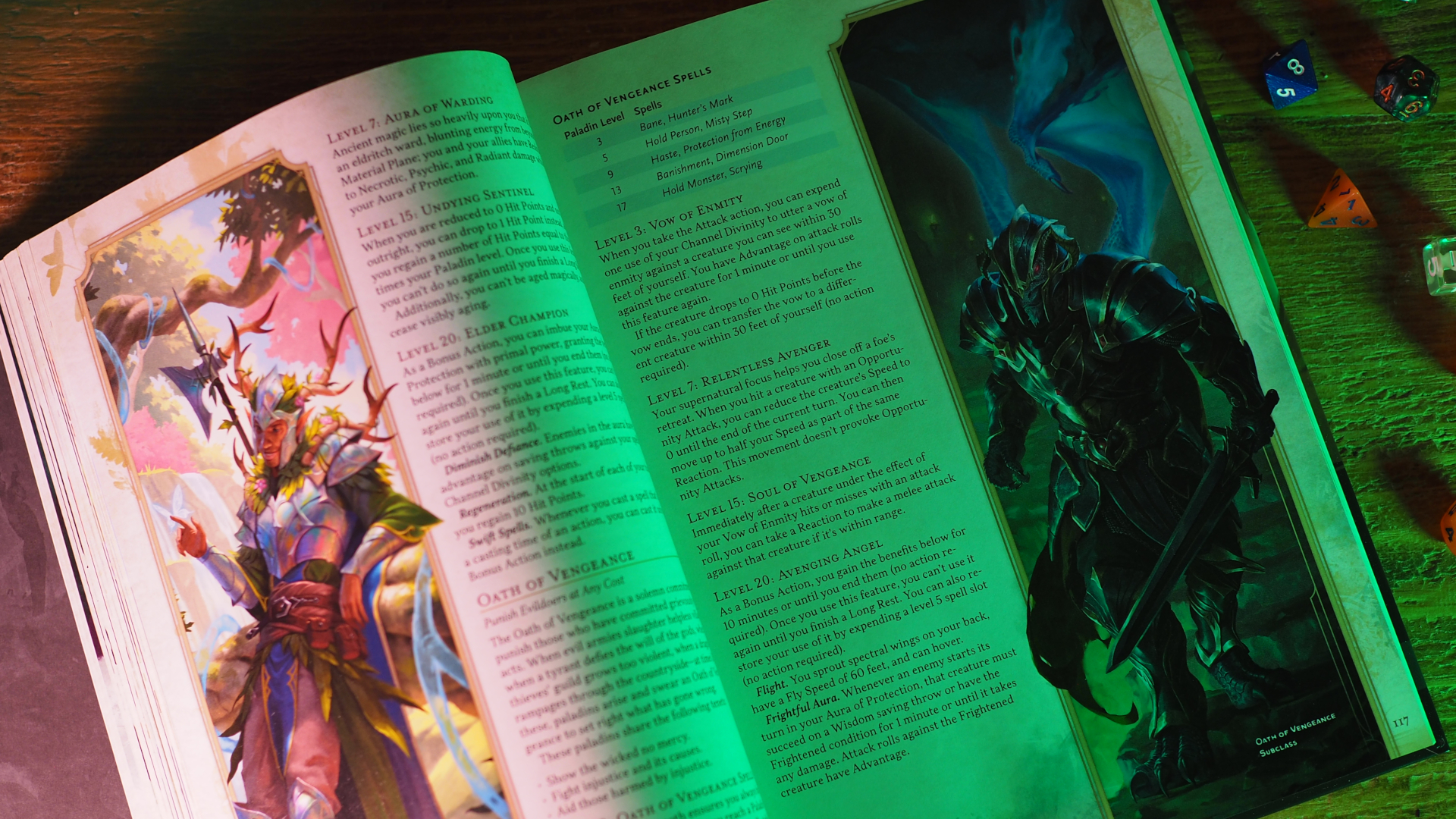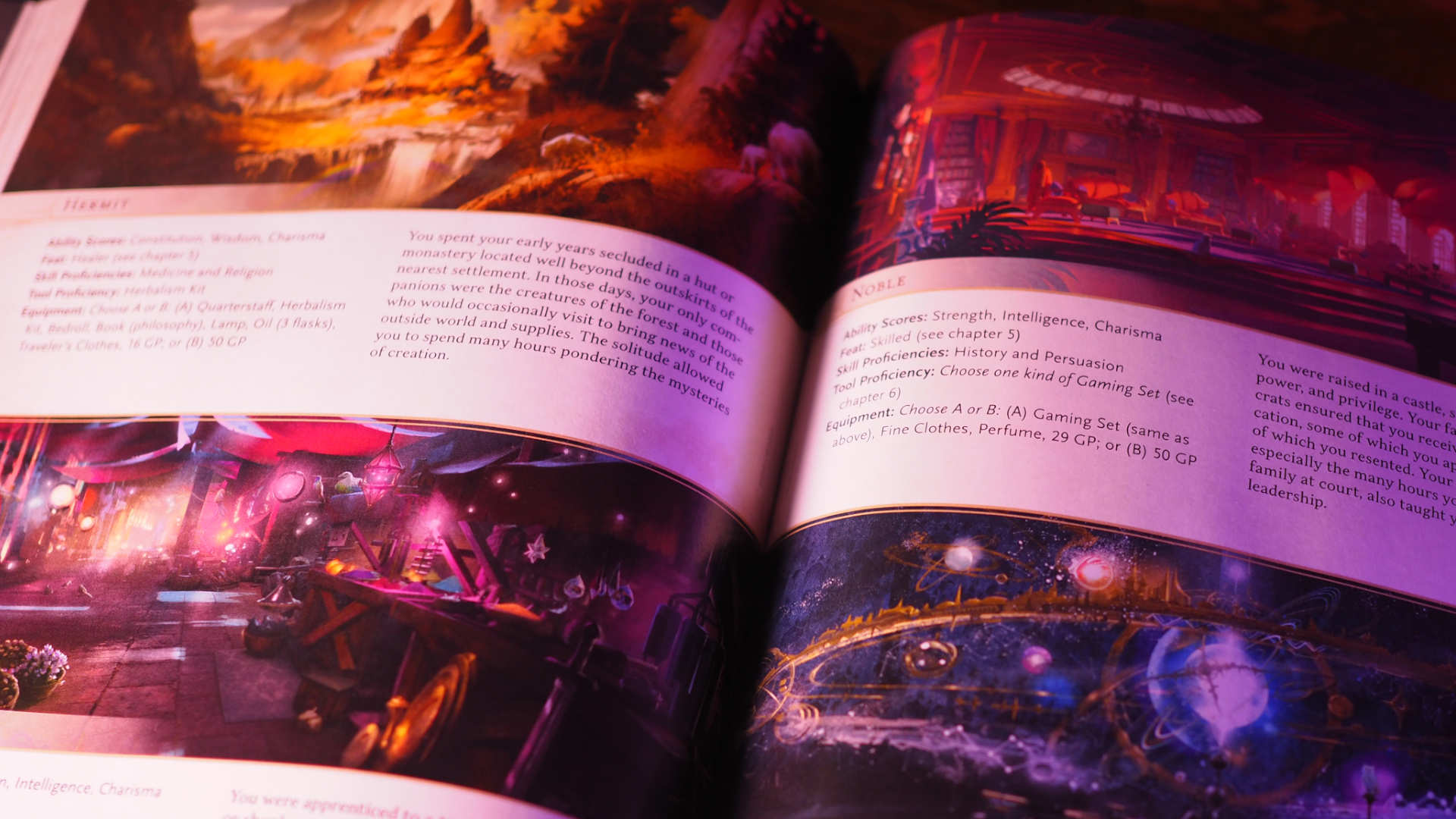
It's been a wild few years for D&D. The game welcomed its 50th anniversary, produced a fresh slate of core D&D books, and dusted itself off in the aftermath of controversial changes to the Open Game Licence (which were then dropped thanks to fan backlash). The latter two have arguably changed the landscape more than anything else in the past decade, and both paved the road to something that should shape the game's future – a new version of the System Reference Document, or SRD 5.2.
This allows fans and third parties to create their D&D adventures, sourcebooks, classes, monsters, and settings for publication (paid and free). This already existed, so what's different about SRD 5.2? Well, I was able to catch up with Jess Lanzillo – VP of Franchise and Product for Dungeons & Dragons – over an email interview to find out.
- GR: To kick off, can you fill me in on what's being added to the SRD - and why?
JL: The SRD 5.2 includes a revised and expanded set of content from SRD 5.1 —more spells, feats, monsters, equipment, and my personal favorite addition… hippos! Everything is now available under a Creative Commons license, giving creators the confidence and clarity they need to build with it. We also brought the SRD into the errata process for the first time, meaning it’ll stay updated as the Core Rulebooks evolve.
- What does this mean in a practical sense for third-party D&D creators and the community?
For creators, SRD 5.2 means more freedom and clarity than ever. With everything released under Creative Commons, there’s no ambiguity about what can be used. We’ve expanded the content offered within, and upcoming tools will make it easier to transition from 5.1. It’s all about unlocking creativity and lowering barriers to entry for our creators.
- I hear the SRD 5.2 is being brought into the errata process for the first time. What does that entail?
Yes, for the first time, the SRD will be part of the errata process, ensuring it is regularly updated as official clarifications and corrections are published for our Core Rulebooks. D&D is a living, breathing game, and if it changes in a meaningful way, we will be able to make edits for players, and now creators. Future SRDs will be published with new version numbers, allowing us to respond to how players are playing D&D and what creators are creating within the game and update the SRD with future versions.
- It's been a little while since the open game licence controversy, which was obviously a tumultuous time for everyone. How have those events impacted releases like this new version of the SRD?
That time was definitely challenging—for the community and for us. But it also clarified how vital it is that creators trust what we’re offering. That’s why SRD 5.2 is entirely under Creative Commons and why we’re committing to regular updates. This release reflects the lessons we’ve learned and the steps we’re taking to rebuild and strengthen our relationship with our players and creators. D&D is built around our community, and we want to continue to give them more of the game they love.

- What was the process behind releasing this new SRD version so close to the revised core rulebooks?
The SRD was part of our thinking from the beginning as we revised the Core Rulebooks. Once the trilogy was finalized, we took the time to ensure the SRD made sense holistically and supported the creators who rely on it. This is the fastest we’ve ever turned it around, because we know how critical it is for third-party developers. Supporting their success is a top priority.
- What are you looking forward to seeing from the community as a result of this new SRD version?
The D&D community is incredibly creative, and with SRD 5.2, I can’t wait to see what new worlds, adventures, and experiences people dream up. Whether it’s a breakout subclass, an unforgettable monster, or a full new setting, we’re excited to support and spotlight the amazing creations our community dreams into reality.
Want a new adventure? Don't miss the best tabletop RPGs, or the best board games.







